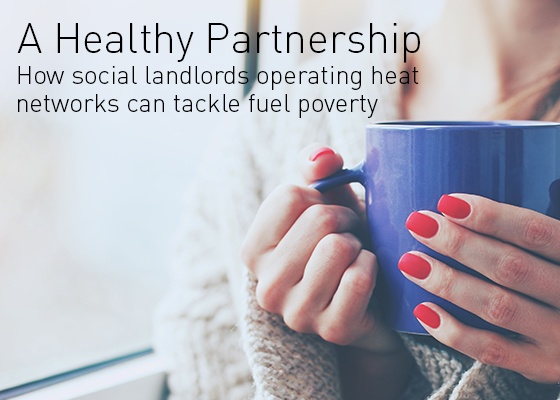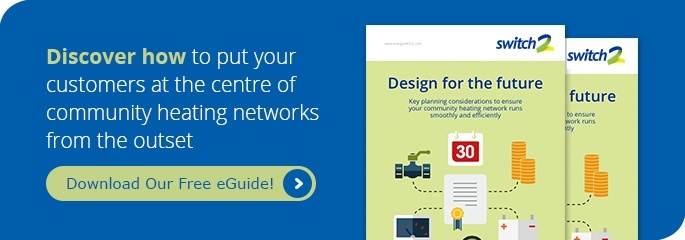
With major reports from leading charities for both the elderly and children, fuel poverty is very much in the news. Read on to see how more effective community heat metering can alleviate the issue.
Fuel poverty is on the rise in the UK, but community heating is well positioned to help tackle the problem - through metering and provision for vulnerable tenants, as well as through lower cost heating. Heat providers are also able to partner with the NHS to address the adverse health effects of living in a cold home, which altogether cost the NHS an estimated £1.4 billion a year.
Overall, there are around 2.4 million households in England living in fuel poverty according to Age UK. Last winter 31,000 ‘excess winter deaths’ in England and Wales were attributed to cold related factors, mostly affecting people over the age of 75.
But the health effects are not limited to the old. Almost four million children in England live in families that are struggling to pay their energy bills, and they are more likely to suffer a range of health problems, such as asthma and bronchitis, according to new research from the National Children’s Bureau (NCB).
Anna Feuchtwang, chief executive of the NCB said: “Many young parents are stuck in a vicious cycle of low income, high utility tariffs and housing that is damp and difficult to heat properly… The parents we spoke to want to do their bit but need better advice on how to cut their energy use and make their homes warmer and healthier.”
So, how can community heating help?
Community heating systems can play a critical role in addressing the problem, both through the identification and preferential treatment of vulnerable customers, and through coordination with the NHS over health and cold issues, as well as provision of more affordable heating. "District heating is one of the most cost effective methods for tackling fuel poverty,” said Tim Rotheray, director of the Combined Heat and Power Association.
Heat Trust members have an obligation to identify and make provision for vulnerable tenants. In a critical report this January, the Citizens Advice Bureau recommends that this be extended to all heat suppliers, and that those identified as vulnerable be provided with assistance in controlling their heating and billing via smart metering.
Importantly, modern systems of monitoring heat consumption now allow heat providers to identify residents in trouble – if a vulnerable tenant is not using heat, the provider can intervene to help them. This is all possible by daily meter readings sent from smart meters located in the resident’s home.
In addition, Registered Social Landlords (RSLs) and local authorities operating heat networks are particularly well positioned to address the link between cold-related health issues and poverty. Such landlords can control and maintain the heat, and have social funds and tariffs that help those in need.
Advice on cutting bills can also be provided. With the help of smart metering technology, there is the option of implementing a subsidised lower cost tariff below a safe temperature, while above that the tenant would pay full price.
Social landlords also have the scope to work with local NHS services to address health and heating issues on heat networks that they own and operate, which could involve access to NHS funds for heat provision on medical grounds. The NHS already works in partnership with local authorities and other local strategic partners to maximise heating network opportunities under its carbon reduction strategy.
Takeaways:
- Fuel poverty is growing in the UK, and is linked to many deaths among the old, and to greater levels of childhood illness
- The additional burden this places on the NHS is estimated at £1.4 billion per year
- Social landlords operating community and district heating are ideally placed to help tackle the problem
- Heat networks cut heating costs, which reduces fuel poverty
- By maintaining a list of vulnerable tenants and monitoring usage, heat providers can spot people at risk
- Community heating can make provision for vulnerable tenants
- Heat providers should be able to coordinate with the NHS over the health needs of those in fuel poverty



